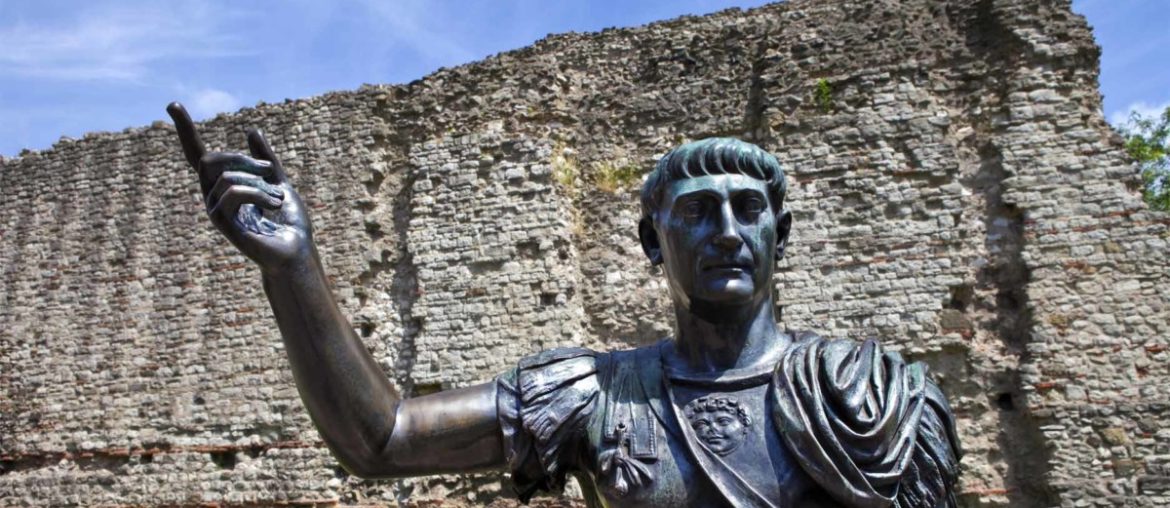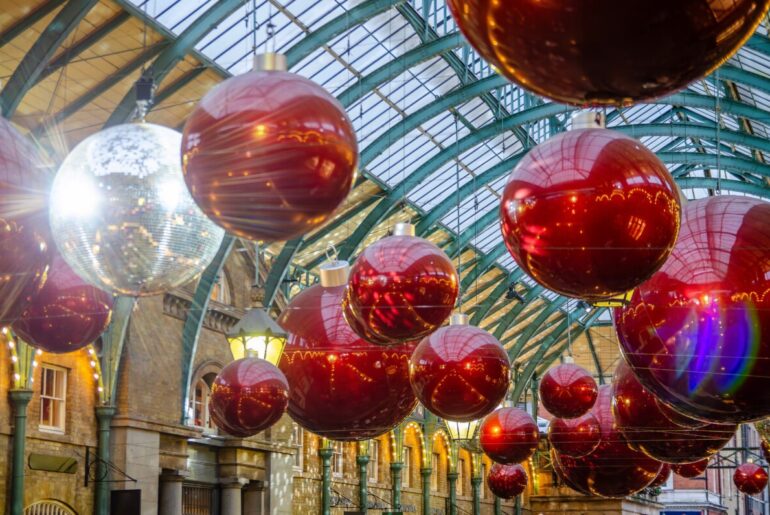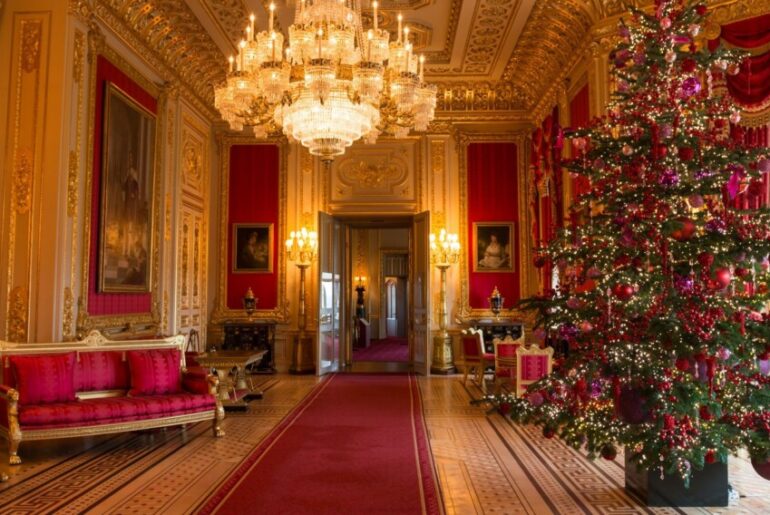Walk along any street in London, and you’ll likely see beautiful buildings constructed following the Great Fire in 1666. The blaze, rather unfortunately, gutted almost all the City’s buildings at the time. But there are still plenty of ancient and medieval ruins to visit – some of them only recently discovered ruins in the City of London.
So, where can you find the best ruins in London? Here’s a pick of our favourites:
- Crystal Palace
- Lesnes Abbey
- London Wall
- Billingsgate Roman Bath House
- Roman Amphitheatre
Read on to learn more about each site!
Crystal Palace
Although little of it remains today, Crystal Palace was once a vast steel-and-wood structure that showcased London’s technological and scientific prowess. It was constructed in 1851 and remained an icon of the City for over 80 years, until it was destroyed by a blaze in 1936.
The fire left the Palace’s two towers intact, but they were later removed to prevent German bombers from using them as markers during WWII. However, you can still see many stone structures, statues and ruins by visiting Crystal Palace.
Lesnes Abbey
If you’re a fan of The Beatles, you’re probably already familiar with Abbey Road. But do you know what first put Abbey Road on the map? The road was named after Lesnes Abbey, which was initially constructed in 1178. Most historians believe the Abbey was built by Richard de Luci as an act of penance for his role in the murder of Thomas Beckett.
The Abbey was virtually lost in time until the turn of the 20th century, when the farmland on which it stood was renovated. If you want to check out the ruins of this medieval Abbey, you know where to find it.
London Wall
That’s right – London still has a defensive wall. Well, at least a few segments remain. The wall was constructed by the Romans in the 3rd century to protect ‘Londinium’ from invading armies and rebels. Plenty of Roman-themed tours will take you to the remaining segments of the wall, including the two intact bastion towers.
Billingsgate Roman Bath House
Billingsgate Roman Bath House was constructed around the same time as the Roman Wall, though it wasn’t rediscovered until 1848 – and that was an accident. Construction workers discovered the Bath House while building the London Coal Exchange. The Baths remained virtually untouched and well-preserved in the basement of the building.
In its heyday, the Billingsgate Roman Bath House featured a west and east wing, a central courtyard and even underfloor heating. The bathhouse was added to the courtyard during the 3rd century. In 1882, the ruins of this amazing structure became the first designated protected heritage site in London.
Roman Amphitheatre
Hidden in a vaulted chamber under the Guildhall Gallery Complex are the ruins of a Roman Amphitheatre. This ancient stadium could hold thousands of spectators. It was constructed in AD70 but left to ruin shortly after the Romans were driven out of London. The Amphitheatre was not rediscovered until 1998, when plans were drawn up to expand the Guildhall.
If you want to see where gladiators fought, executions were held, and exotic animals were displayed nearly 2,000 years ago, we highly recommend visiting the Roman Amphitheatre of Londinium.
To experience more of London’s hidden history, take a look at our Small Group Tours. Discover history, culture, food and more with these fun, personalised adventures.






